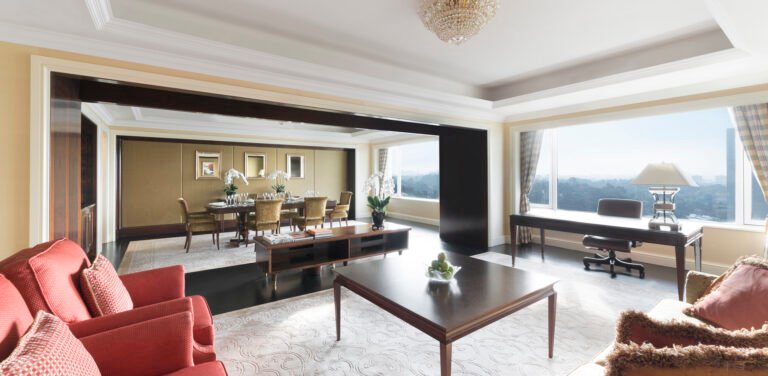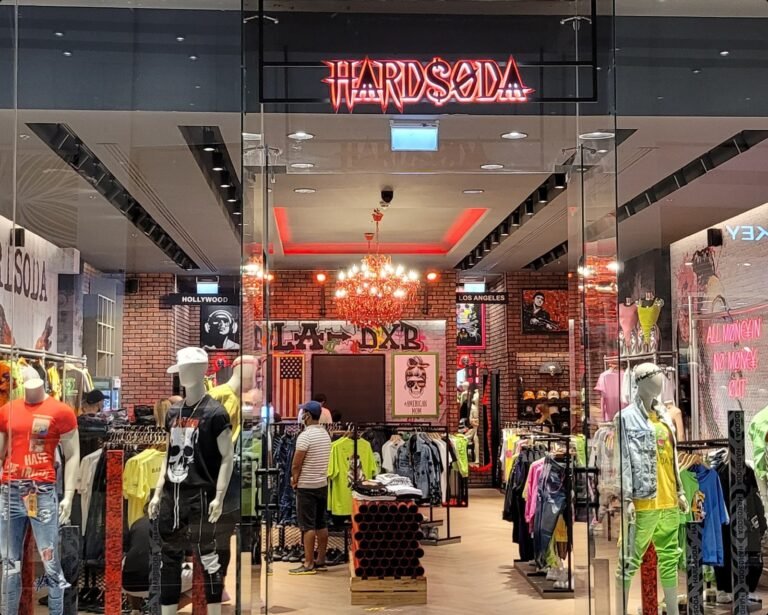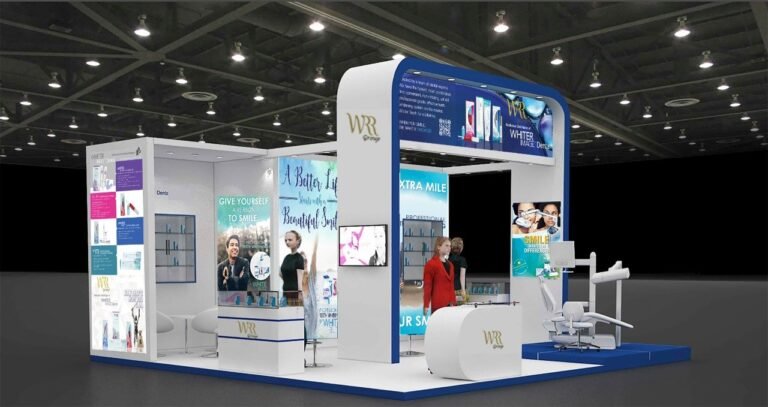Mastering the Art of Store Interior Design: A Comprehensive Guide
Introduction to Store Interior Design
Store interior design is not just about making a space look good; it’s about creating an environment that enhances the shopping experience, attracts customers, and ultimately drives sales. In today’s competitive retail world, the interior design of a store plays a crucial role in shaping how customers perceive a brand and interact with its products.
Whether you’re designing a luxury boutique or a local grocery store, every element, from the layout to the lighting, can significantly impact the customer’s journey. So, how do you craft an engaging store environment that resonates with shoppers? Let’s dive into the intricacies of store interior design and learn how to create a space that not only looks great but also functions perfectly.
Understanding the Fundamentals of Store Layout
When it comes to retail design, layout is everything. A well-planned layout can encourage browsing, increase customer engagement, and optimize the use of space.
Different Types of Retail Store Layouts
There are various types of layouts to choose from, depending on your store’s size and business model:
- Grid Layout: Common in grocery stores, this design is efficient and maximizes product exposure.
- Free-Flow Layout: Popular in boutiques, this layout encourages exploration and creates a relaxed atmosphere.
- Loop Layout: Forces customers to follow a predetermined path, ensuring they see most of the products before exiting.
The Importance of Strategic Floor Planning
Strategic floor planning is essential in guiding customers throughout the store. Think about how customers will move, where they will pause, and how they will interact with products. A thoughtful design can boost sales by creating an intuitive and enjoyable shopping experience.
Creating a Memorable First Impression
The first impression begins outside the store. Your storefront is the initial contact point with customers, so it needs to be enticing.
Storefront Windows as Key Marketing Tools
Storefront windows offer a prime opportunity for visual merchandising. Whether you’re showcasing seasonal items or your best-selling products, a well-designed window display can capture attention and lure customers inside.
Using Windows for Visual Merchandising
Think of your window display as a billboard for your store. It should tell a story, highlight key products, and align with your brand. Bold designs, clever props, and creative themes can make a massive difference.
Incorporating Lighting and Décor for Maximum Impact
Lighting can transform your storefront, making it look more appealing and inviting. Combine lighting with décor elements that reflect your store’s personality for a more cohesive look.
Designing for Customer Flow
An effective layout is one that ensures smooth customer flow. If customers can’t easily navigate your store, they’re more likely to leave without making a purchase.
Planning Customer Pathways
Mapping out clear, easy-to-follow pathways helps guide customers naturally through your store. Use signage and product placement to direct their attention.
The Psychology Behind Store Layouts
Understanding how customers move through a space is crucial for optimizing store design. For instance, placing high-demand products at the back encourages customers to explore the entire store, exposing them to more items along the way.
Hot Spots and Dead Zones
A good layout highlights hot spots (areas that receive the most foot traffic) and minimizes dead zones (areas that are often overlooked). Utilizing both zones effectively can significantly increase sales.
Retail Space Aesthetics and Visual Elements
Creating an aesthetically pleasing environment goes beyond just picking nice furniture and fixtures. It’s about choosing colors, textures, and materials that enhance the shopping experience.
Choosing the Right Color Schemes
Colors can evoke emotions and influence buying behavior. Warm colors like red and orange can create urgency, while cool colors like blue can make customers feel calm and relaxed.
The Role of Lighting in Retail Design
Lighting plays a pivotal role in highlighting products, creating ambiance, and setting the mood of the space. For example, task lighting focuses on specific areas, while ambient lighting creates an overall atmosphere.
Utilizing Texture and Materials
Natural wood and sustainable materials are increasingly popular in modern retail design. These materials not only look great but also appeal to eco-conscious consumers.
Displaying Merchandise to Drive Sales
Effective merchandise displays can make or break a store. How you display products directly impacts sales.
The Art of Effective Product Placement
Place high-margin items at eye level to boost visibility and encourage impulse purchases. Group related products together to create a cohesive shopping experience.
Focal Points and Feature Displays
Highlight specific areas in the store with eye-catching displays. Use feature displays for new arrivals, limited-time offers, or seasonal items to draw attention.
Tailoring Store Design to Your Brand
Every store should reflect its brand identity. From the layout to the color scheme, every design choice should align with your brand’s message.
Case Studies of Successful Store Designs
Take inspiration from successful stores. For example, Apple’s sleek, minimalist design reflects its focus on innovation, while Anthropologie’s eclectic, vintage-inspired décor creates a warm, personalized shopping experience.
Designing with Flexibility in Mind
Retail environments are constantly evolving, so it’s essential to design a space that can adapt to future changes.
Modular Design and Reconfigurable Elements
Flexible design solutions, like movable displays or modular furniture, allow you to reconfigure your store layout quickly and efficiently to meet changing customer needs.
Enhancing the Customer Experience
The best stores offer more than just products—they offer an experience. Creating an immersive environment can help differentiate your store from competitors.
Incorporating Digital and Interactive Elements
Incorporating technology into your design, such as interactive displays or digital fitting rooms, can provide a unique, modern shopping experience that customers won’t forget.
Virtual Store Experiences
As online shopping continues to grow, many retailers are blending the digital and physical worlds. Virtual store experiences and augmented reality features are becoming increasingly popular.
Trends in Modern Retail Store Design
Today’s store designs prioritize sustainability, minimalism, and personalization.
Eco-Friendly and Sustainable Design Trends
Sustainable design is no longer optional—it’s essential. Many retailers are incorporating recycled materials, energy-efficient lighting, and green building practices into their store designs.
Conclusion
Store interior design is a powerful tool that can transform how customers perceive and interact with your brand. From the layout to the lighting, every detail matters. By following the principles outlined in this guide, you can create a retail environment that not only attracts customers but also encourages them to linger and shop.
FAQs
- What are the essential elements of effective store design?
Effective store design includes a well-thought-out layout, strong visual elements like lighting and color, and a focus on enhancing the customer experience. - How does lighting impact store design?
Lighting highlights products, sets the mood, and can influence customer behavior. Proper lighting design enhances the overall shopping experience. - How can I design a store layout for small spaces?
In small spaces, maximize every inch by using smart layouts like the free-flow or grid design. Vertical displays and multifunctional furniture can help save space. - What is the importance of window displays in retail?
Window displays are crucial for attracting foot traffic and showcasing key products. They act as a visual invitation for potential customers. - How can I incorporate sustainability into store design?
Use eco-friendly materials, energy-efficient lighting, and sustainable building practices to create a store design that appeals to environmentally-conscious consumers.



